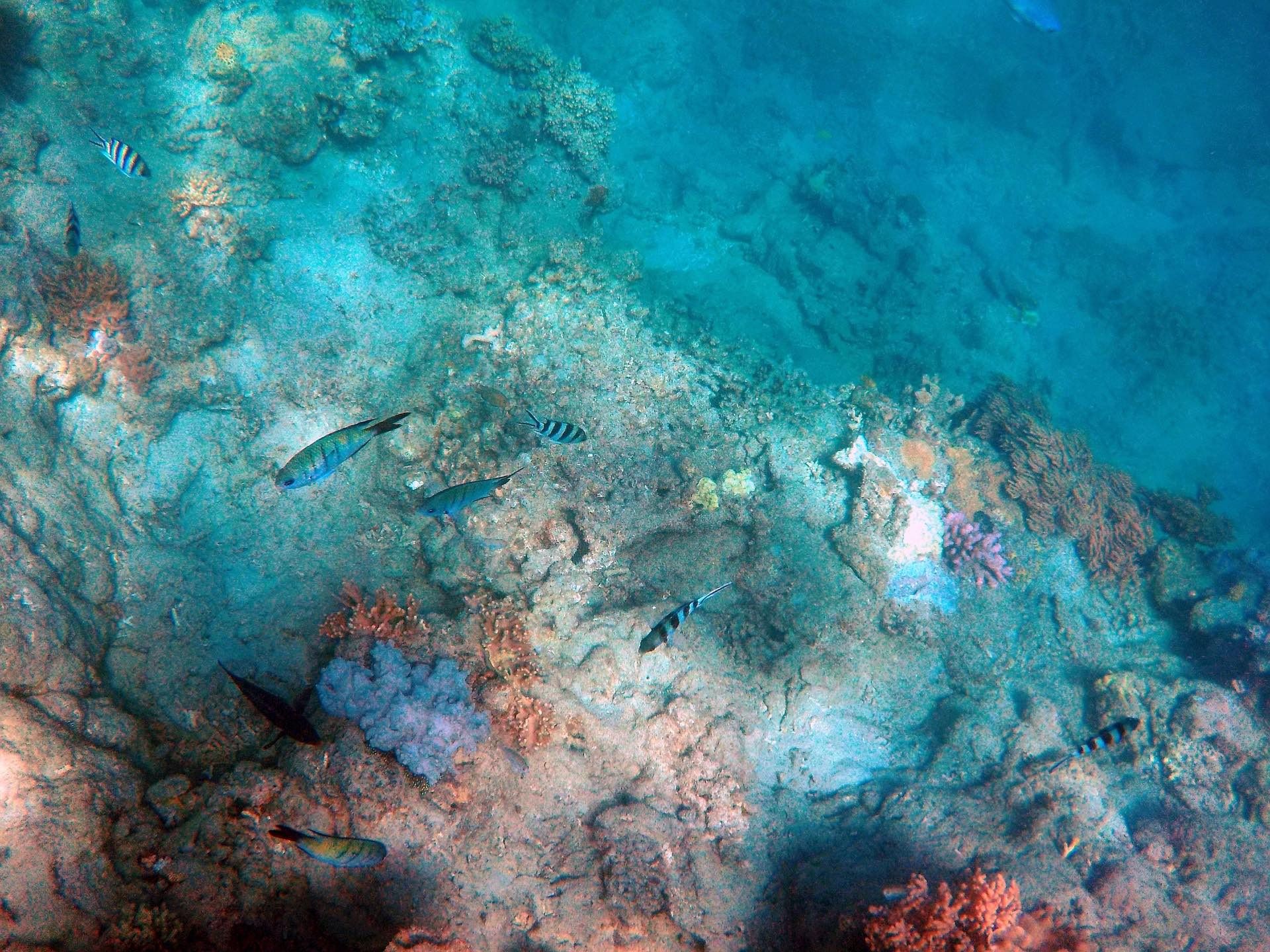
Case Studies for Private Investment in Coral Reef Conservation
Name: Belize Debt Conversion
Location: Belize
Date: 2022
Summary: The Belize Debt Conversion is a significant example of scaling large-scale private finance for national level marine conservation support. With the help of The Nature Conservancy (TNC) that developed the Belize Blue Investment Company (BBIC) as an investment vehicle, the Belize government repurchased $553 million USD (a “Superbond” worth 12% of GDP) at 55 cents on the dollar and reissued the bond to commercial bond buyers. The debt conversion was financed through a blue bond issued by Credit Suisse that was structured at an affordable interest rate of 6.2%, achieved by backing the loan with a US government Development Finance Corporation (DFC) political risk insurance policy and parametric catastrophic insurance coverage to help achieve an Aa2 bond rating. Additional support in the form of equity financing was supplied by The Nature Conservancy. The resulting investment unlocks $4.2 million per year for 20 years and establishes a $23.5 million endowment to support long-term conservation to be tapped beginning in year 2041 (projected 2041 value of $92 million). These funds will support protection of 30% of ocean area in Belize by 2026 based on science-based marine spatial planning to design the protection network.
The Belize debt conversion transaction is particularly notable for surmounting several barriers to entry that have challenged private investment in nature conservation to date. First, in unlocking at estimated $180 million in conservation financing for nature for the next two decades, the scale of funds unlocked far exceeds previous debt for nature conversions dedicated for ocean conservation. Factors that may have contributed to this include securitizing the bonds in public markets, insurance mechanisms for the loan, and ultimately the interest and initiative of the Belize government and of the holders of the original Superbond. Belize was in particularly dire financial circumstances at the time, as indicated by the discounted purchase price of the original bond of 55 cents on the dollar, helping secure more funds for nature conservation. In another departure from similar transactions, the deal did not require significant philanthropic grants, and made a noticeable impact on the country’s finances in restructuring over 10% of public debt.
Name: Voluntary Carbon Market for Mangrove Restoration
Location: Tanzania
Date: 2022
Summary: The Ocean Risk and Resilience Action Alliance (ORRAA) and local partners have been working to establish new sources of revenue for mangrove restoration in Tanzania. Alongside the NGO Aqua-Farms Organization (AFO) and two local communities, the project seeks to create and certify carbon offsets for the voluntary market with Plan Vivo for reforestation activities in progress since 2018. The project is expected to generate an estimated $100,000 in years 1 through 5 capturing a total of 60,000 tons of CO2 over 30 years. A key feature of this program is that revenue goes directly to the local communities to finance facilities and other works to help incentivize the restoration and long-term preservation of the ecosystem. A portion of funds (15%) will also be routed to a dedicated mangrove restoration fund.
Name: Blue finance, Dominican Republic, Public Private Partnership
Location: Dominican Republic
Date: 2018
Summary: Blue Finance, an MPA focused NGO, worked to arrange a public private partnership (PPP) for co-management of one of the largest MPAs in the Caribbean in the Dominican Republic. Under this arrangement, a non-profit private company co-manages the MPA alongside the government. Financing flows to the MPA through initial investment in this private company combined with revenues generated from site based sources including tourism entry fees and other tourism enterprises. This is an investment strategy that Blue finance has replicated in several countries across multiple continents and is expanding globally.

